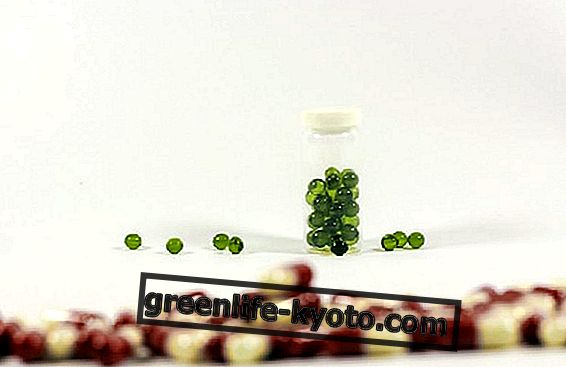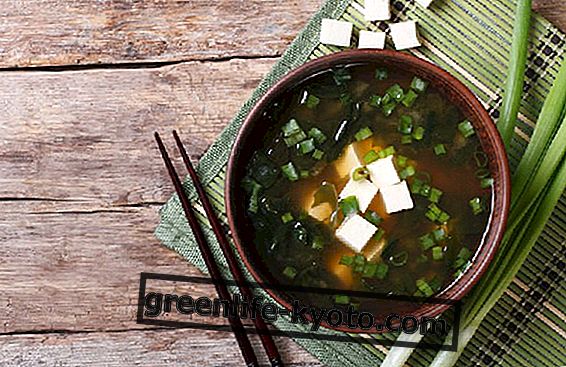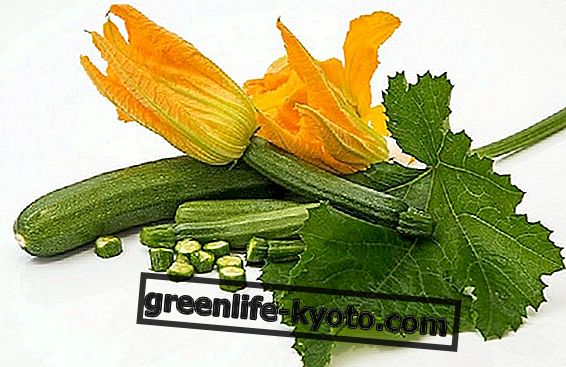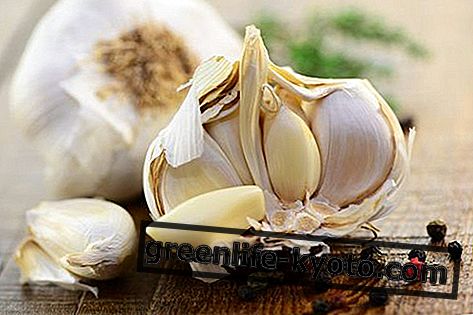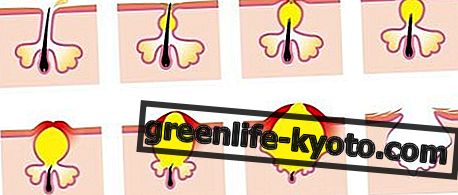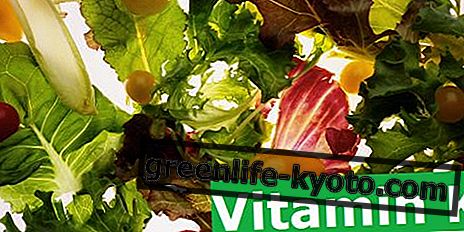
Phytoestrogens are plant substances with estrogenic activity and can help to alleviate symptoms related to menopause . Let's see what phytoestrogens are, where they are and what effects they have.
What they are and what effects phytoestrogens have
Phytoestrogens are vegetable substances with a structure similar to estrogen, the female sex hormones. Phytoestrogens are therefore endowed with estrogenic activity and, by binding to endogenous estrogen receptors, they can mimic or inhibit the action of estrogen .
The estrogenic or anti-estrogenic effect depends on the type of receptor activated by fitoestrogen i as well as on endogenous estrogen levels.
Although the activity of phytoestrogens is much lower than that of endogenous estrogens, their intake seems to be able to attenuate the problems of menopause and to prevent diseases associated with aging and menopause, such as osteoporosis and cardiovascular diseases .
Phytoestrogens include isoflavones, cumestrani and lignans : these molecules can be found naturally in free form or in the form of glycosides, that is linked to sugars.
Glycosides must be hydrolyzed by the intestinal bacterial flora in order to be absorbed, therefore the absorption of phytoestrogens varies in relation to the composition of the intestinal flora that can be altered by diet, intestinal diseases and antibiotics.
Phytoestrogens, where to find them in food
As we have seen, phytoestrogens are classified into isoflavones, cumestrani and lignans, based on their structure.
Isoflavones have a flavonoid structure and represent phytoestrogens with the greatest estrogenic activity: we find them mainly in soy and its derivatives such as soy milk and tofu, but to a lesser extent also in other legumes including beans, lentils, peas.
The main isoflavones are l a daidzein and genistein, the latter with greater estrogenic activity than the first; in our body the isoflavones are metabolized by the intestinal bacterial flora to equol.
Lignans are phenylpropane derivatives with insecticidal and antimicrobial function in plants. Some lignans, in particular those contained in flax seeds, are considered phytoestrogens and act by stimulating the synthesis of proteins that bind and transport steroid hormones in plasma and altering the balance of estrogen.
Other lignans, including those contained in milk thistle, do not have estrogenic activity. The main sources of lignans with estrogenic activity are flax seeds, pumpkin seeds, and sesame seeds, but lignans are widely distributed in cereals, fruit and vegetables.
Finally, we can find the cumestrani in bean sprouts, in clover, in sunflower seeds, in Brussels sprouts, in miso and in tempeh.
The main plant drugs that contain phytoestrogens are soy and red clover: extracts of these drugs can be purchased in herbal medicine or in pharmacies and taken on the advice of your doctor.
